-
Publish Your Research/Review Articles in our High Quality Journal for just USD $99*+Taxes( *T&C Apply)
Offer Ends On
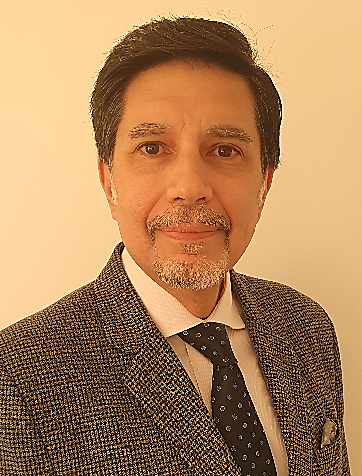
- CEO and Rector at IMS-Innova Medical School, Barcelona, Spain - Professor Honoris Causa, Logos University International-Unilogos, Miami, Florida, USA - Posgraduación en Acupuncture, Da Vinci University, Lewes, Delaware, USA - Medical Doctor (MD), Cordoba National University, Córdoba, Argentina - Diploma in Ophthalmology (DO), Council Doctors of Santa Cruz, Argentina and Argentine Society of Ophthalmology - Philosophy Doctor (Ph.D.) in Genetics and Cell Biology, Bircham International University, Spain - Master of Business Administration (MBA) in Medical Institutions, Bircham International University, Spain - Honorary Distinction “Magna Cum Laude”, (doctoral thesis), Bircham International University, Spain - Doctor Honoris Causa (Dr.h.c.) contribution to the knowledge and to the scientific research in Ophthalmology, Bircham International University, Madrid, Spain - Philosophy Doctor (PhD.) as researcher, International Philosophical Institute, India - Doctor of Sciences (DSc.) in Ophthalmology “ad eundem” (education and practice in Ophthalmology) Ballsbridge University, Roseau, Commonwealth of Dominica - Doctor of Sciences (DSc.) as Boitech researcher, Research Training & Treatment Institute, Jodhpur, India - "American Grand President Sir", International Chartered World Learned Society, Chancellor for Education, Peace and Justice, Nigeria - Doctor of Letters (D. Litt.) in Medical Research, Maha Sastra University, Sastra Angkor Institute, The Kingdom of Cambodia - Associate Fellow at New York Academy of Medicine, NY, USA - International Award, Marquis Who’s Who in America (scientific publications), New York, USA - Honorary Fellow, Institute the Chartered Professionals (optics researcher), Ireland, UK - Honourable Global Member Council of the Board of Quality Standards, Ireland, UK - Board of Research Advisor at Sastra Angkor University, The Kingdom of Cambodia - Academic Representative in Argentina and worldwide, California University FCE, California, USA - President, International Research Group, Abad Eye Research, Ballsbridge University - Distinguished University Professor and Chair of Ophthalmology at Ballsbridge University, Roseau, Dominica and Republic of Ghana - Dean of Medicine and Distinguished Professor of Ophthalmology at Da Vinci University, USA - Americas Rector at Crown University, Africa - Creator of devises and systems for ophthalmic surgery and intraocular micro-implant for degenerative diseases of the retina – International Patents in Europe and USA - Published more than eighty articles in scientific journals - Author of fourteen books of Ophthalmology
Eye Biotechnology and Ocular Nanomedicine and Stem Cells.
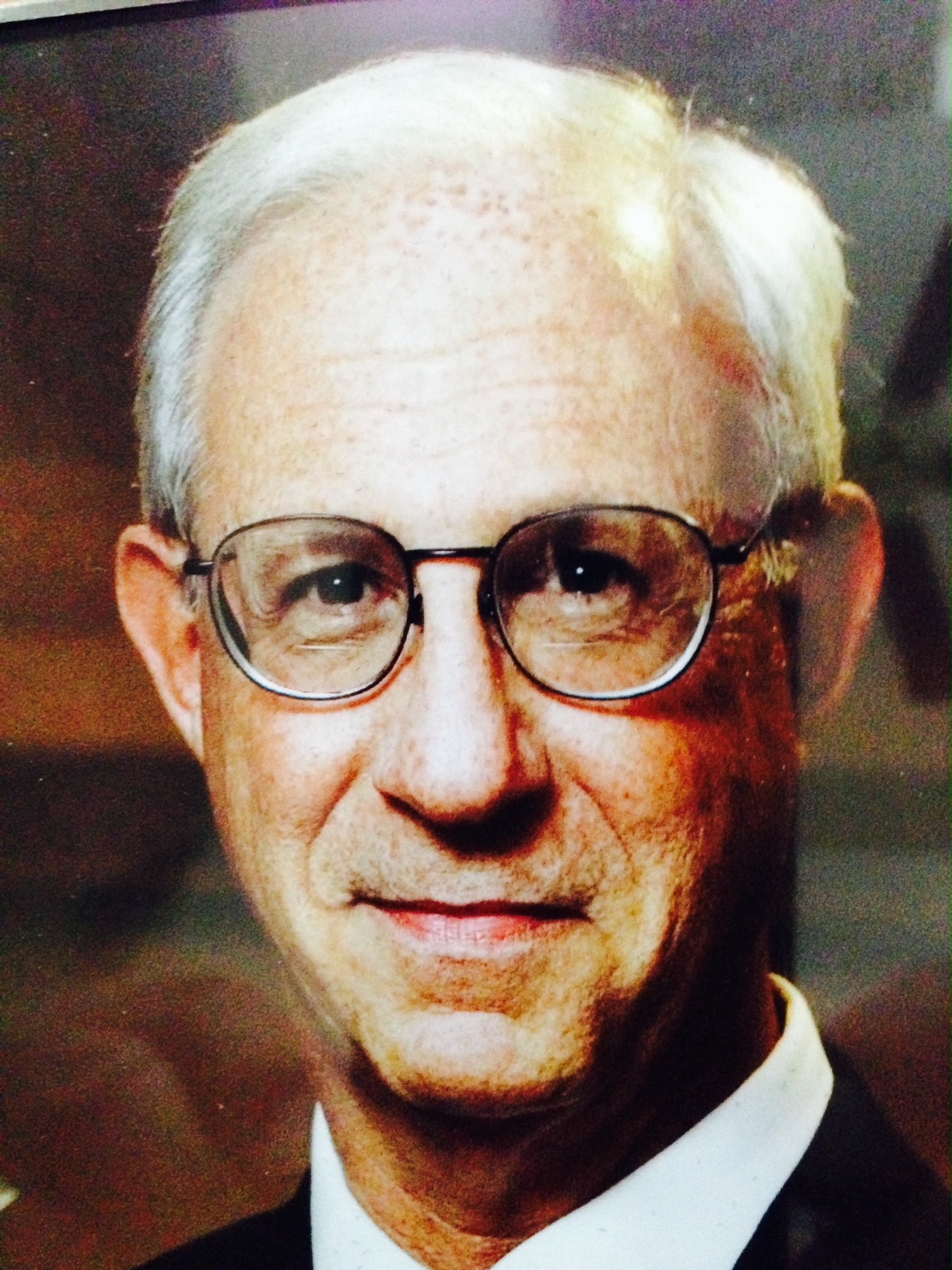
Behavioral Management of Challenging Pediatric Behavior in the dental environment using Non-pharmacological and Pharmacological Approaches
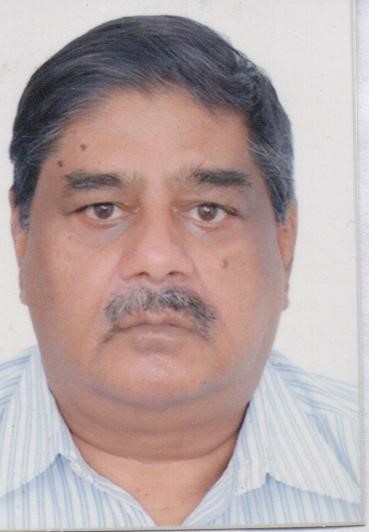
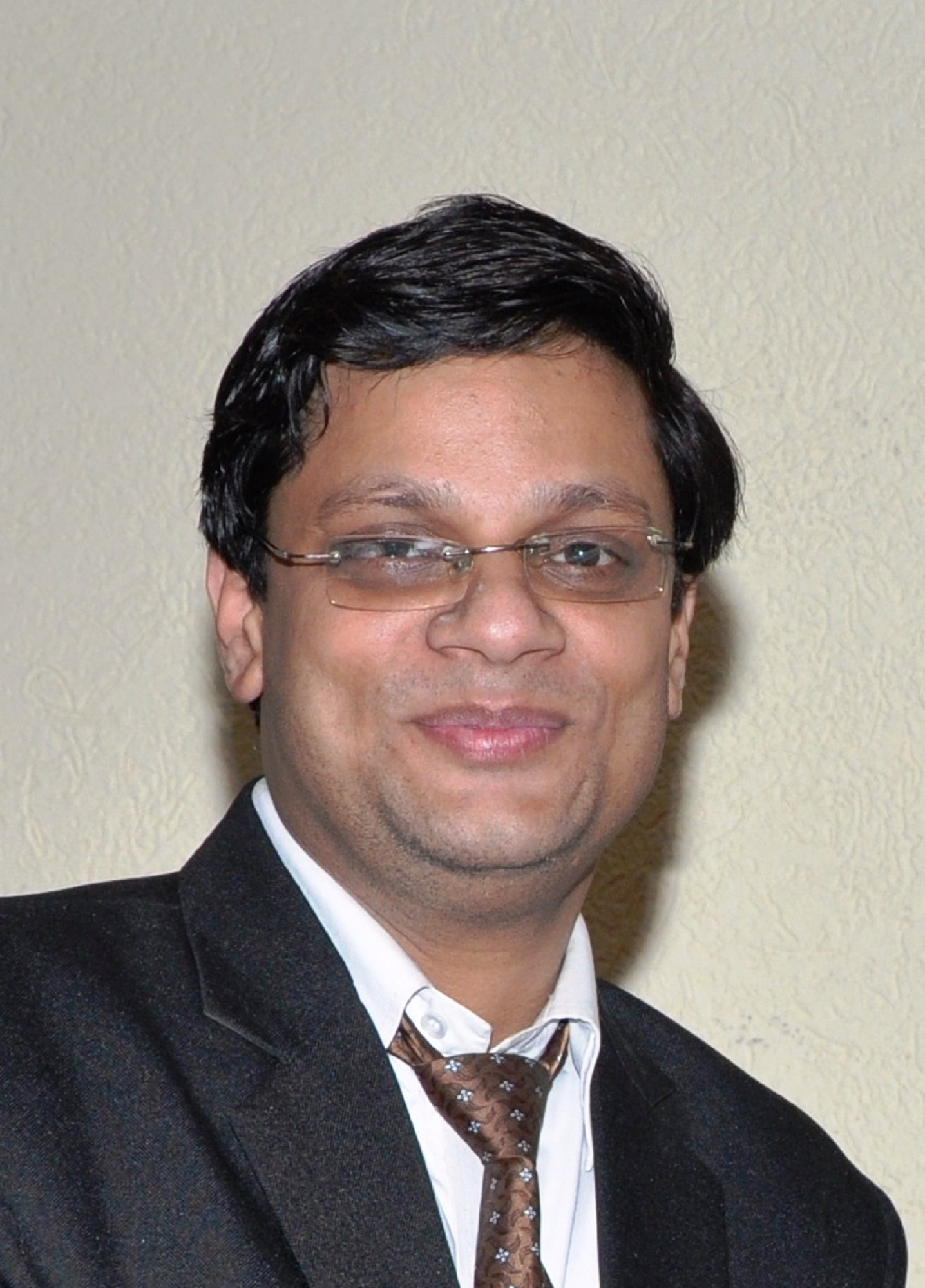
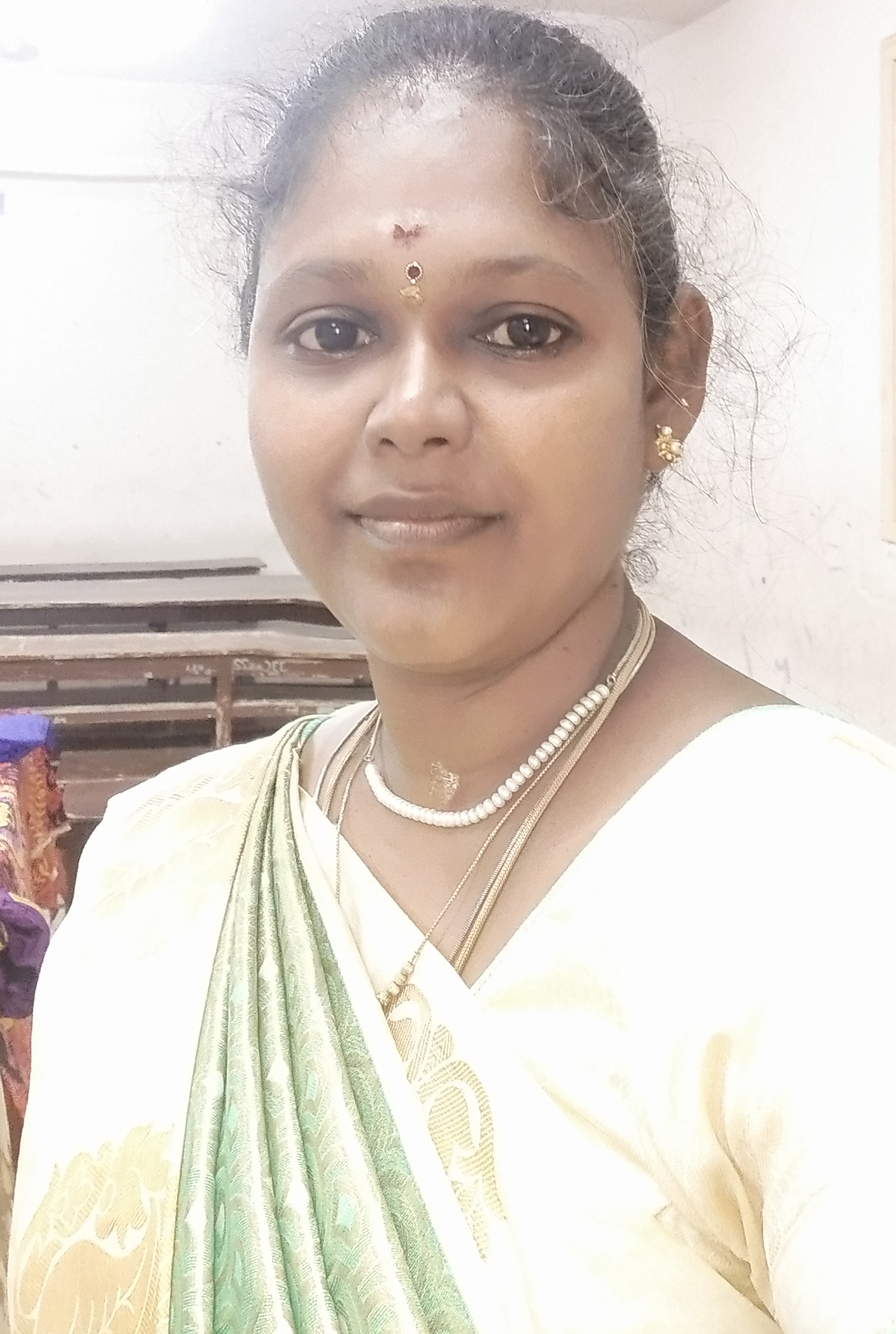
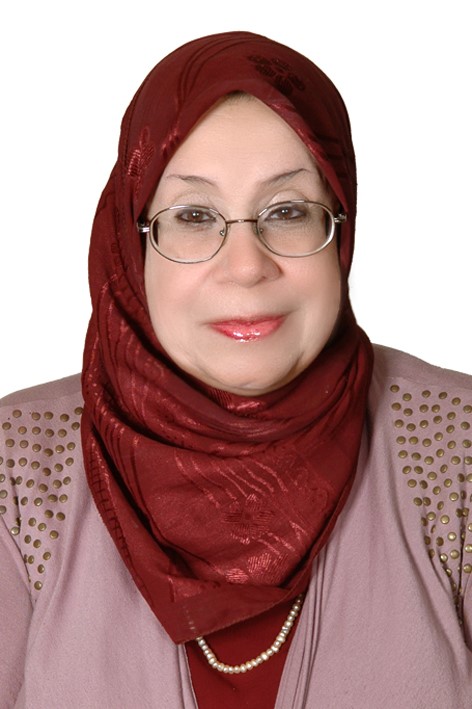
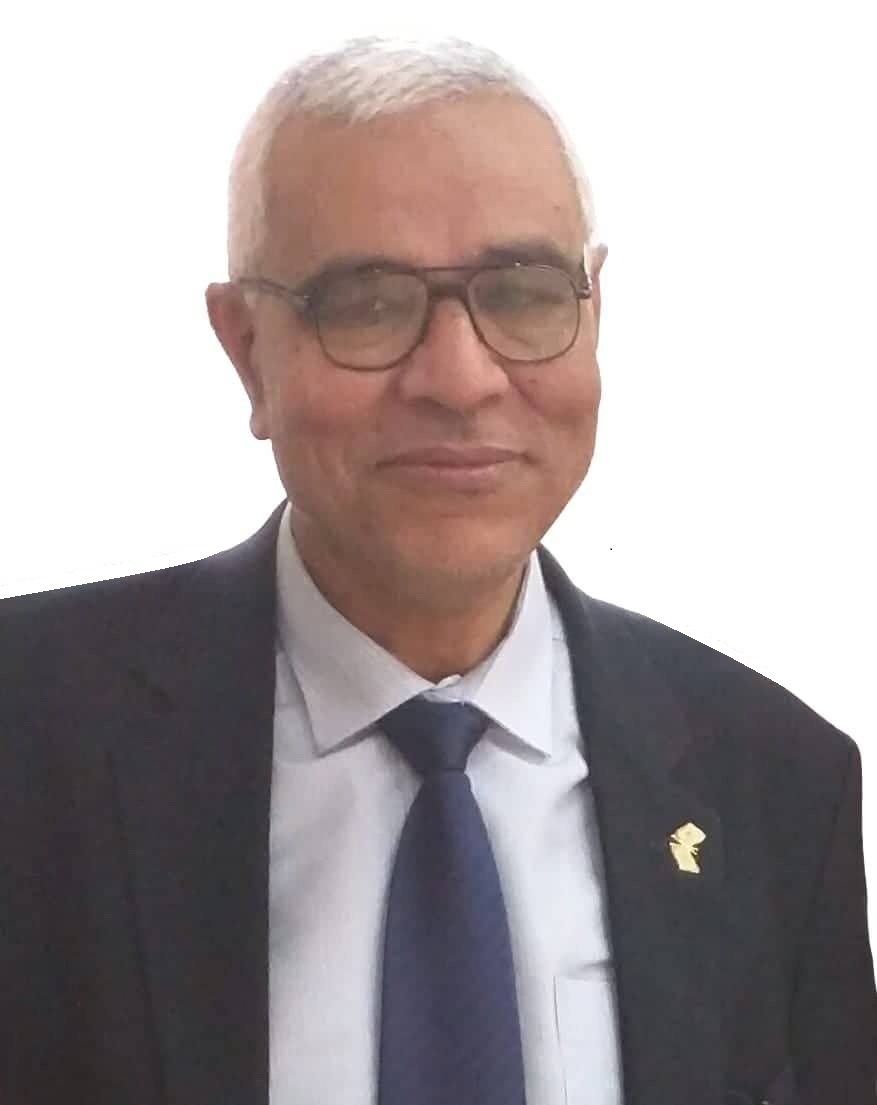

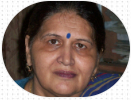
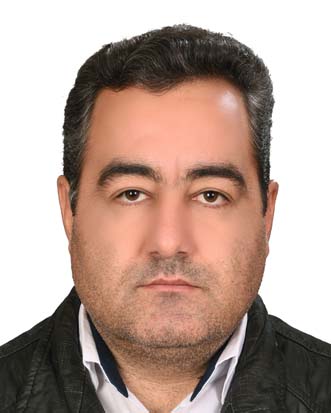
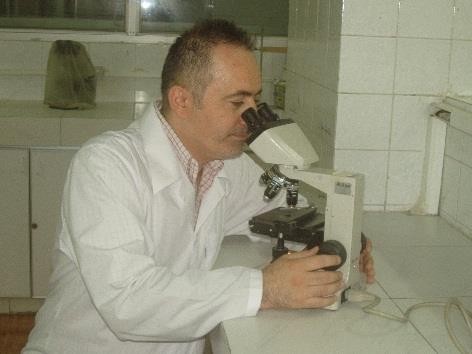
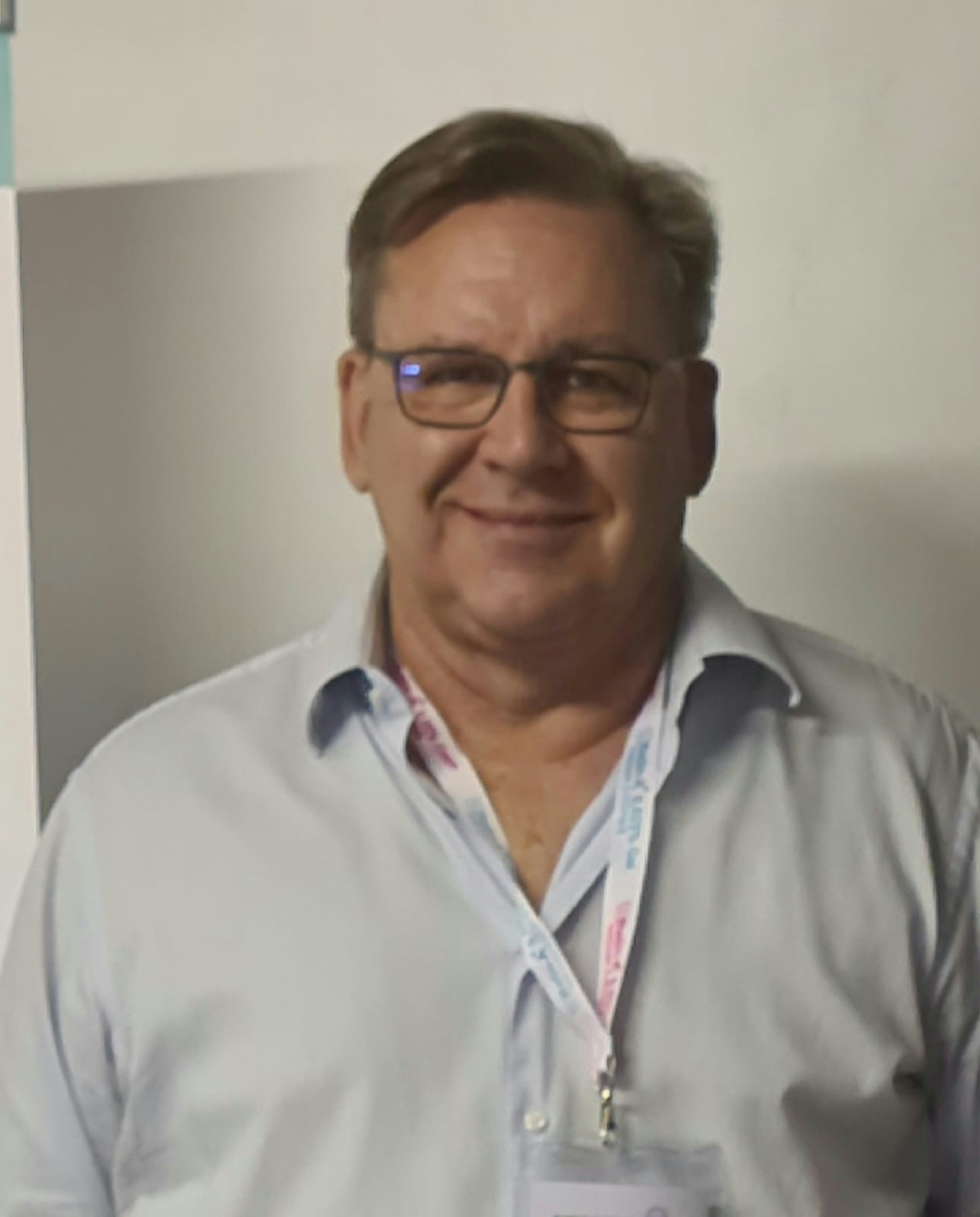
MBChB, University of Stellenbosch, Master of Medicine (Plastic Surgery), University of Stellenbosch, Fellow of the College of Surgeons, South Africa, Fellow of the Cranio-Facial Centre, Paris, France.
Plastic Surgery, Reconstructive Surgery, Wound Healing
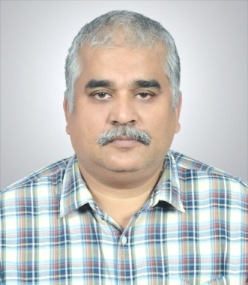
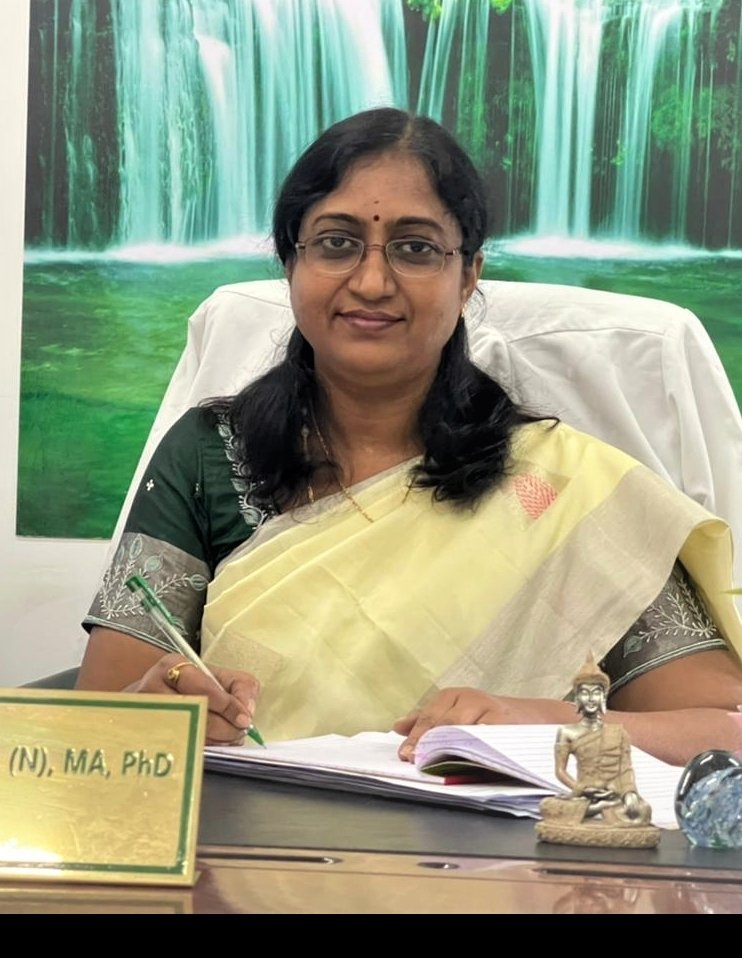
Currently guiding as guide for PhD candidates in Bharath Institute of Higher Education and Research (Deemed to be University), Chennai in all specialties. Co-Guide and Doctoral Committee Member in various Universities Member of Board ofstudies for PhD studentsfrom 2018 to 2020 in Apollo College of Nursing, Chennai. Member of Board of studies from 2021 to till date in Bhaarath College of Nursing, Bharath Institute of Higher Education and Research (Deemed to be University), Chennai.
Public Health, Nursing and Midwifery Research